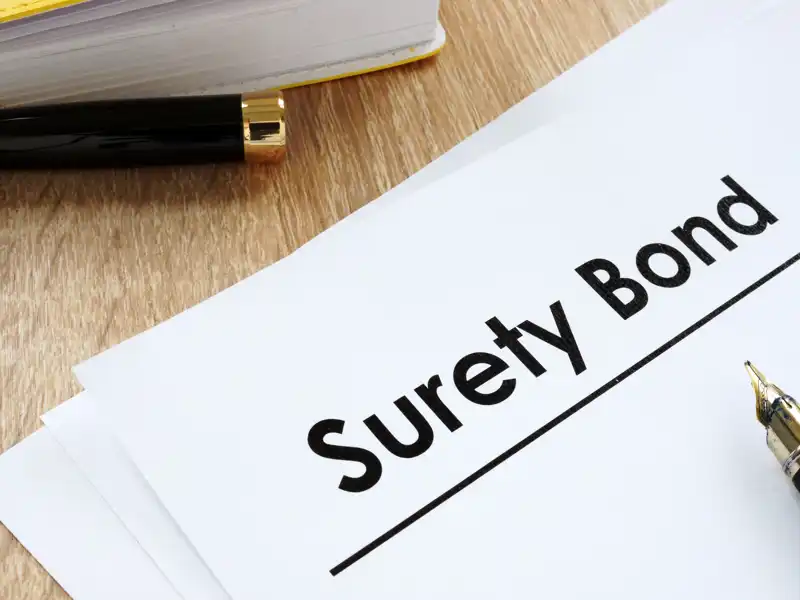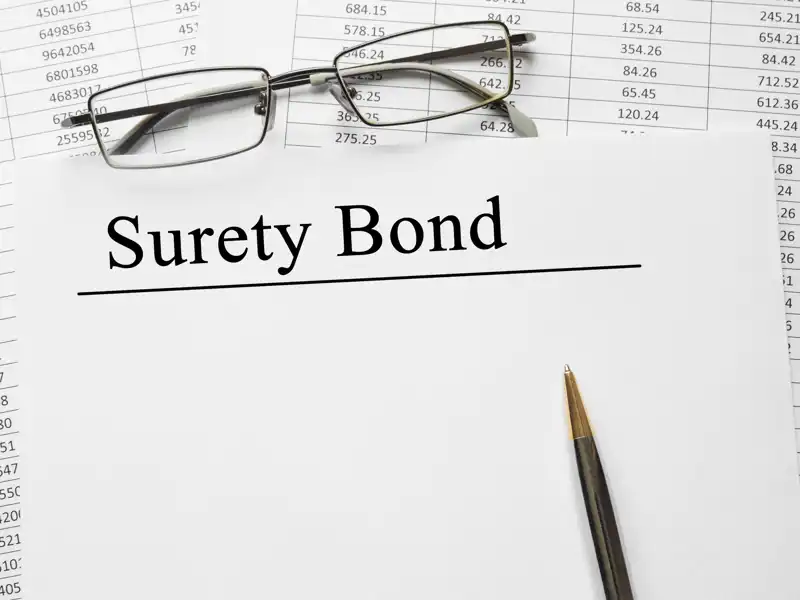
BOLI is a bond - a 'zero coupon perpetual bond.' What's fascinating about this bond is that neither ABC Insurance Company nor XYZ Insurance Company, the issuer, sets the price for the bond. It's really the federal government, as tax code (IRC 7702) sets the parameters for the price. And market interest rates have no influence on the price. Further, the price will never vary until a change in the tax code occurs. Yes, the price is fixed!
But, if a buyer can't negotiate the price, what can the buyer do?
- The buyer can choose the issuer of the bond, and
- The buyer can choose how the bond's market value will be determined
A typical zero coupon bond has a book value accrual based on the underlying interest rate for the bond and a market value upon pre-maturity redemption determined by prevailing market interest rates. The BOLI 'zero coupon bond' has a book value, which is in essence the fair market value, defined by the BOLI issuer: the insurance company.
As the buyer assesses the fair market accrual of the bond, what should the buyer consider? First, understand there’s a mismatch between the parameters that determine the price and the parameters that set the fair market accrual — meaning the insurance costs and the interest rate. The price is set by using insurance costs defined in the tax code, a 4% interest rate, and no expenses.
The fair market value accrual is set by the issuer’s current insurance costs, expenses and interest rates, which float with the performance of the issuer’s investment portfolio. Hence, the disparity between the two sets of parameters could contribute positively or negatively to successfully achieving the eventual maturity value. Is this a mismatch?
A typical “zero coupon bond,” under book value, accrues at the same rate as applied to determine the purchase price. Its fair market value may not be determined until an early redemption is sought. Yet the buyer of the BOLI bond is holding the BOLI at fair market value as this is the value the issuer will redeem the bond for, determined under different parameters than those for determining the price. Essentially, the federal government sets the book value price for BOLI, but the insurance company sets the fair market value! Wow!
Furthermore, the buyer’s assessment of the BOLI bond should be similar to that for any other bond. And that would be to measure the return from purchase based on the price paid for the bond over the expected holding period. With that said, the return of the BOLI “zero coupon perpetual bond” is measured based on the purchase price to the expectancy of the eventual maturity value.
The return on this bond is not necessarily that for the fair market value (cash value) as the fair market value is a subset of the eventual maturity value. The chart below provides a clear demonstration of this.
Consider Scenarios A and B where at age 80 the IRR on the maturity value (death benefit) is 3.96% (TEY of 5.28% at 25% MTR), yet the IRR on the fair market value (cash value) at age 80 differs. In Scenario C, the IRR on the maturity value has increased to 4.62% (TEY of 6.16% at 25% MTR), commensurate with the increase in the IRR on the fair market value (cash value).

Now, it may be important to recognize a higher, earlier return on the fair market value. Why? By doing so, the increase in fair market value is accretive earlier to earnings, and that increase may be more important for financial purposes. Yet, this may not influence any improvement in the IRR on the maturity value, rather a recognition timing difference.
Additional features of the BOLI bond “zero coupon perpetual bond” are:
- This bond is often purchased with as much as a 65% discount, without undue credit risk.
- The maturity value is essentially guaranteed by the issuer, insurance company, without essentially any default risk.
- This is all tax-free per the Internal Revenue Code!
Contact us today at executivebenefits@nfp.com for a review of how this “zero coupon perpetual bond” can benefit your organization.




